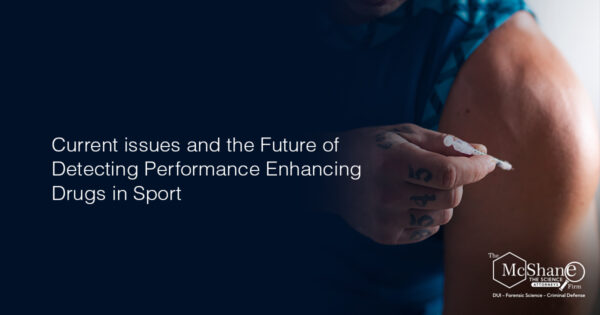While the World Anti-Doping Agency (WADA) has made significant advancements in the detection of performance-enhancing drugs, some substances and techniques still pose challenges due to their rapidly evolving nature, short detection windows, or the ability to mimic naturally occurring substances in the body.

Some of the most difficult-to-detect performance-enhancing drugs include:
- Designer Steroids: Designer steroids are synthetic anabolic steroids created to evade existing drug tests. They are often chemically modified versions of known
steroids, which makes them difficult to detect using standard testing methods. The infamous BALCO scandal in the early 2000s, which involved the designer steroid Tetrahydrogestrinone (THG), highlighted the challenges of identifying and testing for these substances. WADA has since developed methods to detect THG and other designer steroids, but the emergence of new compounds continues to pose challenges. - Microdosing: Microdosing involves taking small amounts of banned substances, often in combination, to evade detection. Because the amounts administered are minimal, they may not be present in high enough concentrations to trigger a positive test result. This technique has been used with substances such as erythropoietin (EPO) and anabolic steroids. WADA has improved detection methods for microdosing, but it remains a challenge due to its subtle nature.
- Blood Doping and EPO Mimetics: Blood doping, which involves increasing the number of red blood cells to enhance oxygen-carrying capacity, can be difficult to detect. While WADA has made progress in identifying the use of EPO, some athletes have turned to EPO mimetics, which are substances that mimic the effects of EPO but have different molecular structures. These mimetics, such as peginesatide and CNTO 530, can be challenging to identify using current testing methods.
- Gene Doping: Gene doping involves the manipulation of an athlete’s genetic material to enhance performance. This emerging technique poses a significant challenge to anti-doping efforts, as it is difficult to detect changes in gene expression or the presence of foreign genetic material. Researchers are currently working on developing methods to identify gene doping, but it remains a complex and evolving issue.
- Selective Androgen Receptor Modulators (SARMs): SARMs are a class of drugs that selectively bind to androgen receptors, promoting muscle growth and strength without many of the side effects associated with traditional anabolic steroids. Due to their targeted action and varying chemical structures, SARMs can be challenging to detect. WADA continues to work on improving methods to identify these substances in doping tests.
In conclusion, while WADA has made significant advancements in anti-doping testing, certain performance-enhancing drugs and techniques still pose challenges. The constant evolution of doping methods requires ongoing research, innovation, and collaboration to ensure the integrity of sports is upheld.


